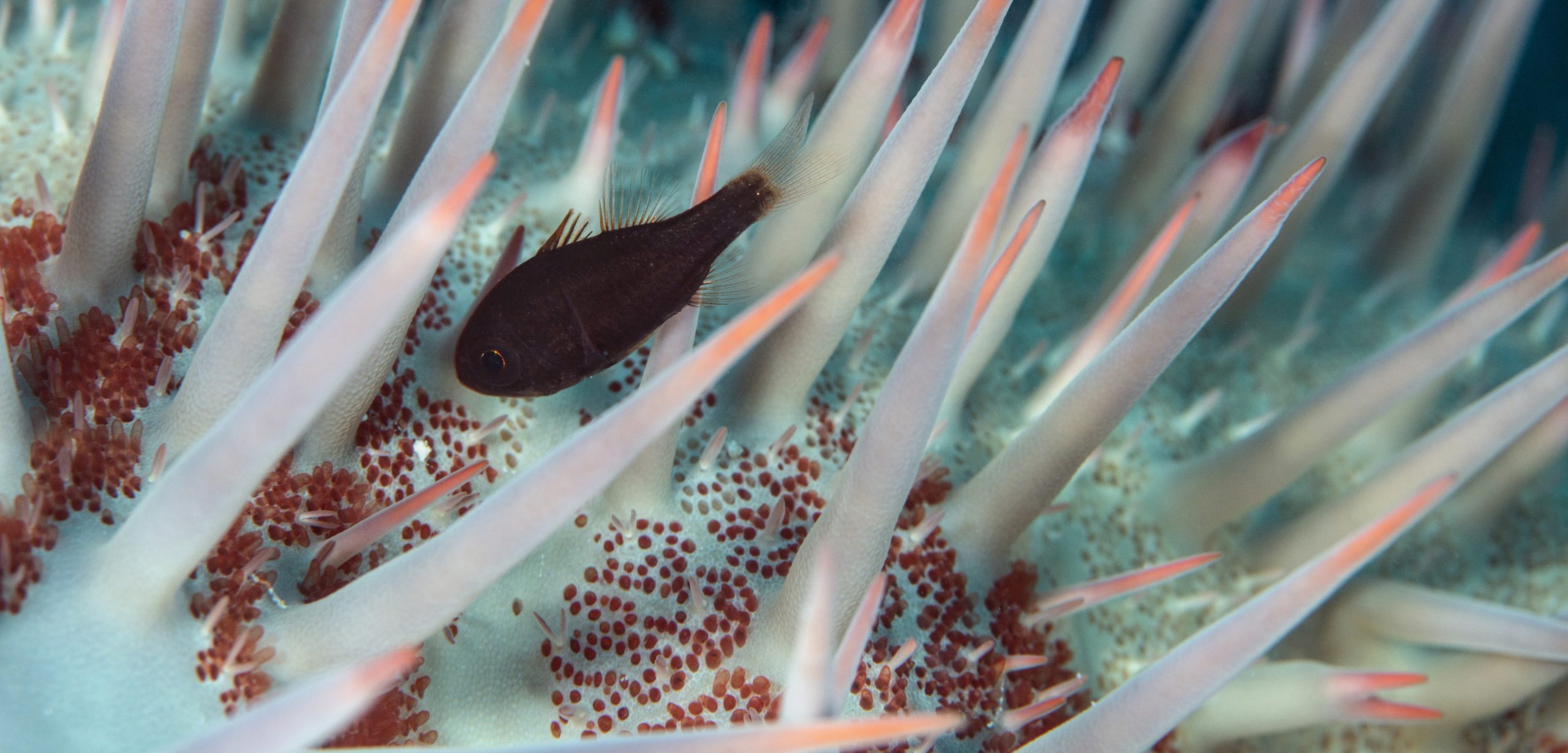Stories from the Seven Seas
A weekly roundup of coastal news.
Article body copy
Hakai Magazine is all about the coast, but other outlets sometimes share our fascination. Every week on Strand we collect our favorite coastal stories from around the web.
Robot designed to kill starfish will be released on Australian reefs
by Mary Beth Griggs for Popular Science
“Without any direction from humans, the robot sees its target and zeroes in. It administers a lethal injection before its victim can flee, then seeks out the next hit. It sounds like the plot of a Terminator movie, but this robot is far from fiction. Meet COTSbot, a robot designed to identify and systematically eliminate Crown of Thorns Starfish (COTS) from coral reefs.”
New species of ancient dolphin shows how the animals moved from seas to rivers
by Erin Blakemore for Smithsonian Magazine
“After two years of analysis, including the creation of a painstaking 3D model, the team got an answer to the conundrum. Pyenson and his co-authors now contend that the fossil represents not just a new genus and species, but an important peek into the period when some ancient dolphins made the journey from sea to river.
The find, says Pyenson, represents ‘more fossil material than we have for anything else that could possibly be related to the river dolphin,’ proving that dolphins couldn’t have invaded Amazonia before some point between 5.8 and 6.1 million years ago.”
Vast reserves of natural gas found off the coast of Egypt
by The Associated Press
“‘Zohr is the largest gas discovery ever made in Egypt and in the Mediterranean Sea and could become one of the world’s largest natural gas finds,’ Eni said in a statement. ‘The discovery, after its full development, will be able to ensure satisfying Egypt’s natural gas demand for decades.’”
Climate change brings cyclone risk to Persian Gulf, study warns
by Reuters
“The shallow and warm waters of the Persian Gulf, where cyclones have never been recorded, might generate the storms in future as a side-effect of global warming, according to the study in the journal Nature Climate Change.
‘You can’t always rely on history’ to predict the future, lead author Ning Lin of Princeton University told Reuters of the findings she reached with Kerry Emanuel of the Massachusetts Institute of Technology.
For the Persian Gulf the probability of cyclones ‘is very low but … if you build a nuclear power plant you have to consider these things,’ she said.”
Plastic poses a growing threat to seabirds, study says
by Nicholas St. Fleur for The New York Times
“Researchers from Australia and Britain analyzed a number of papers from 1962 to 2012 that had surveyed 135 seabirds. The team found that fewer than 10 percent of seabirds had traces of plastic in their stomachs during the 1970s and 1980s. They estimated that today that number has increased to about 90 percent of seabirds. And they predict that 99 percent of all seabirds will swallow plastic in 2050.”
In booming aquaculture industry, a move to plant-based food for fish
by John H. Tibbets for Yale360
“‘I was told by many [people] that fish require fishmeal because that’s what they eat in the natural world,’ says Barrows. ‘But that’s just wrong.’
Barrows and his scientific collaborators have been on the forefront of creating alternative and all-vegetarian feeds for carnivorous fish farming — a development that comes at a crucial time for the rapidly expanding aquaculture sector.”

